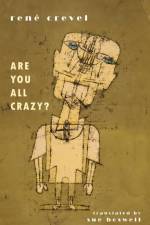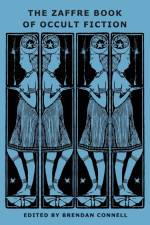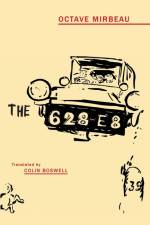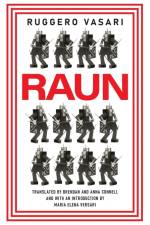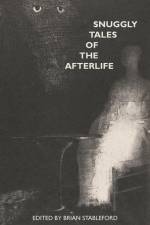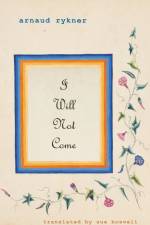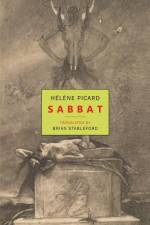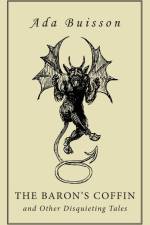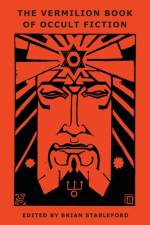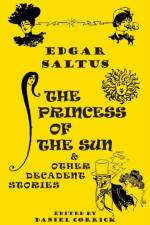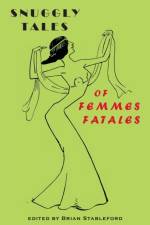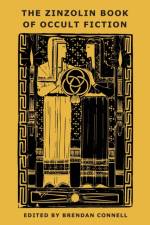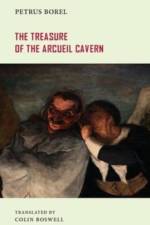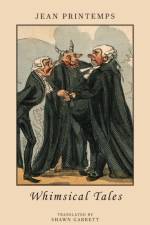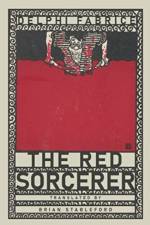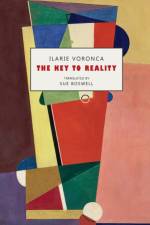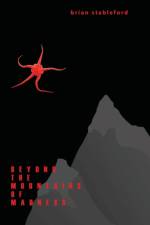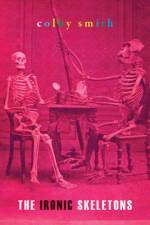av Petrus Borel
249
Petrus Borel (1809-1859), known as "The Lycanthrope" was one of the most intriguing figures of the Romantic movement and that group of writers who were part of the frénétique school of literature, which revelled in excesses, dark themes, and ghoulish situations. Praised by many great names, including Théophile Gautier, Charles Baudelaire, Tristan Tzara and André Breton, the eccentric Borel, though primarily known for his verse and his immoral tales, also wrote a good many bizarre pieces for various periodicals, one of the most interesting of these being The Treasure of the Arcueil Cavern, appearing here for the first time in English, in a superb translation by Colin Boswell, suitably enhanced by scholarly footnotes. The main theme of the novella is, as the title states, hidden treasure and as we are told in the story, "nothing is more attractive to the human mind than the story of riches mysteriously hidden underground." He refers in the story to the widespread belief that the Moors, as they retreated from Spain, had left behind hidden treasure. In England there is a widespread belief that in 1216 the baggage train containing the treasure of Bad King John, whilst crossing the estuary on the east coast known as The Wash, had been engulfed by the incoming tide. More than eight hundred years later people are still hoping to find this treasure and there is at least one person who thinks they know where it is.Included in the present volume is a second piece, "Gottfried Wolfgang", a delicious conte cruel which also appears here for the first time in English.

